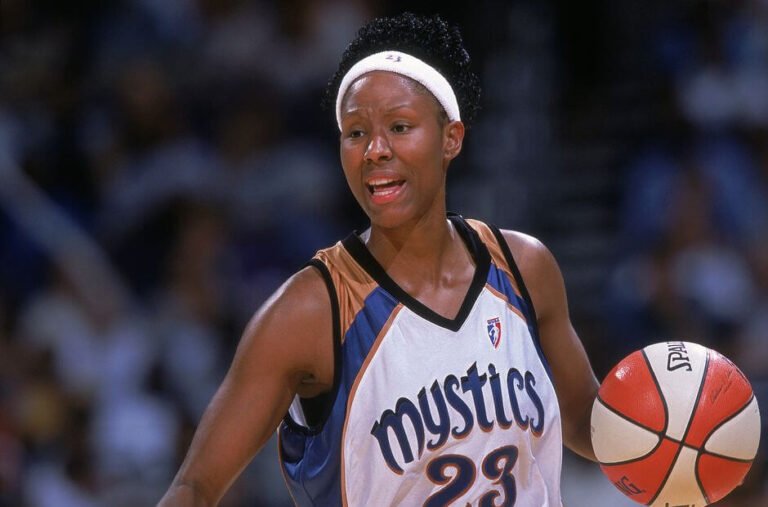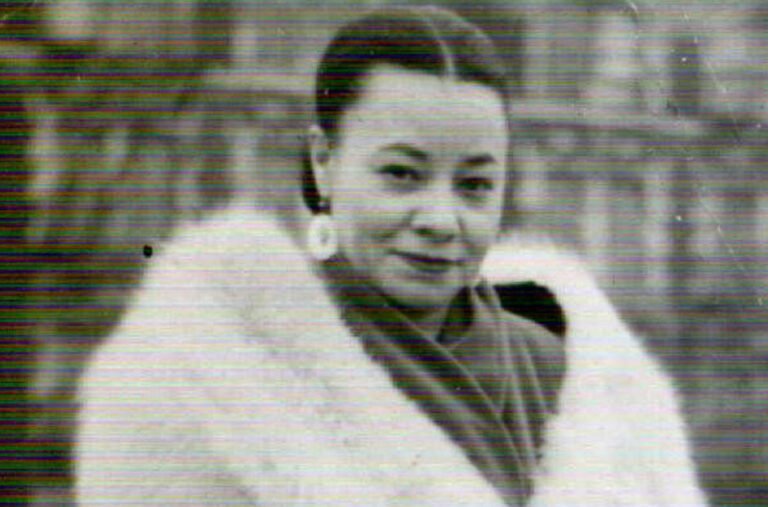Sharon Greene Wehagen, a name that echoes through the annals of Cleveland’s criminal history, was born on July 30, 1956, in Ohio, USA. This article delves deep into the life and criminal career of Daniel John Patrick Greene, commonly known as Danny Greene. With a colorful past riddled with violence, rivalry, and a touch of unconventional charm, Greene left an indelible mark on the criminal underworld of his time. From his early life to his explosive downfall, this article traces the intricate web of events that defined Greene’s journey.
Early Life and Education: The Origins of a Maverick
Born in Cleveland, Ohio, on November 14, 1933, Danny Greene’s life took shape against a backdrop of adversity. Following the demise of his mother and his father’s inability to care for him, he was raised by his grandfather and aunt. His formative years were marked by his education at St. Jerome Catholic School and St. Ignatius High School. However, it was during this period that the seeds of conflict were sown. Greene’s deep-seated dislike for Italians, coupled with conflicts with Italian-American students, hinted at the turbulence that would define his future interactions.
Military Service: A Glimpse of Skills
Greene’s life took an unexpected turn when he enlisted in the United States Marine Corps after being expelled from high school. Here, his boxing and marksmanship skills earned him recognition. Rising through the ranks to the position of corporal, Greene’s military career came to an honorable close in 1953. Little did anyone know that these skills would later find an ominous application in his criminal endeavors.
Union Involvement: Rising Through Shadows
The post-military phase of Greene’s life led him to the Cleveland docks as a longshoreman. However, it was his involvement in the International Longshoremen’s Association (ILA) that set the stage for his rise. Elected as the president of the local chapter, Greene skillfully utilized his position to amass funds and influence within the union. Despite facing legal challenges, including embezzlement and falsifying union records, Greene’s ability to skirt severe consequences showcased his uncanny knack for navigating troubled waters.
Criminal Connections: The Ties That Bind
It was in the underbelly of the criminal world that Greene’s true talents found expression. Rubbing shoulders with mobsters like Alex “Shondor” Birns and Frank “Little Frank” Brancato, Greene carved a niche for himself in enforcing mob control over various criminal enterprises, including garbage-hauling contracts. Establishing his own crew, the “Celtic Club,” comprised of Irish-American gangsters, Greene’s ambition knew no bounds.
Violent Rivalries: A Storm of Conflict
Danny Greene’s name became synonymous with violent confrontations as he competed with Italian-American mob figures for control over Cleveland’s criminal activities. Multiple assassination attempts, ranging from bombings to shootings, bore testimony to the intensity of his rivals’ desire to see him eliminated. Yet, Greene’s spirit remained unbroken as he retaliated with equal ferocity, employing explosives and sheer violence to maintain his hold.
Downfall and Assassination: The Tragic End
Collaborating with labor union leader John Nardi, Greene’s battles transcended turf wars to challenge the leadership of the Cleveland crime family. The result was a maelstrom of over 36 bombings, each echoing the ruthless determination of both sides. Greene’s audacious taunts through the media only fueled the flames that consumed him. In 1977, his reign came to a cataclysmic end when members of the Los Angeles crime family successfully orchestrated his assassination.
Investigations and Mafia Exposures: Unraveling the Threads
The aftermath of Greene’s murder unveiled a labyrinth of conspiracies involving Italian-American crime families from disparate cities. Police investigations triggered the defection of key mob figures and exposed a mole within the FBI. This pivotal moment marked a turning point, paving the way for federal prosecutions against the Italian-American Mafia across multiple urban centers.
Personal Traits and Charitable Acts: Unveiling Layers
Beneath the veneer of a hardened criminal, Greene’s persona held surprising layers. Immersing himself in the imagery of a “Celtic warrior,” he embraced his Irish heritage with fervor. Amidst the chaos of his criminal activities, Greene exhibited a compassionate side, aiding destitute families and engaging in charitable acts. His capacity to form alliances and friendships, even with outlaw biker gangs, added a perplexing dimension to his character.
Involvement in Criminal Activities: Expanding Horizons
Greene’s criminal endeavors extended far beyond the confines of mob rivalries. His influence seeped into a spectrum of rackets, including vending machines and gambling operations. His clashes with the Mafia in the vending machine industry underscored his readiness to engage in conflicts that transcended traditional boundaries.
Assassinations and Reprisals: A Lethal Dance
Though shrouded in speculation, Greene’s alleged involvement in the deaths of numerous Mafia hitmen who were dispatched to eliminate him stands as a testament to his unwavering resolve. Engaging in violent confrontations and bombings against rival mob figures, Greene turned the streets of Cleveland into a battleground of reprisals.
Legacy and Impact: A Lasting Imprint
As the dust settled on Greene’s tumultuous life, his legacy endured. Emerging as a towering figure within Cleveland’s criminal tapestry during the 1970s, his confrontations with the Italian-American Mafia reverberated through law enforcement efforts against organized crime. The scars he left behind, both physical and metaphorical, bore witness to a man who defied convention and forged his path through the crucible of violence and ambition.
Conclusion
Sharon Greene Wehagen’s life, encapsulated by the enigmatic figure of Danny Greene, offers a riveting narrative that transcends mere criminality. From a tumultuous childhood to a meteoric rise in the criminal hierarchy, Greene’s journey was one of audacity, violence, and unexpected facets of humanity. His legacy, etched in the annals of organized crime history, continues to serve as a cautionary tale and a testament to the enduring allure of the criminal underworld.








